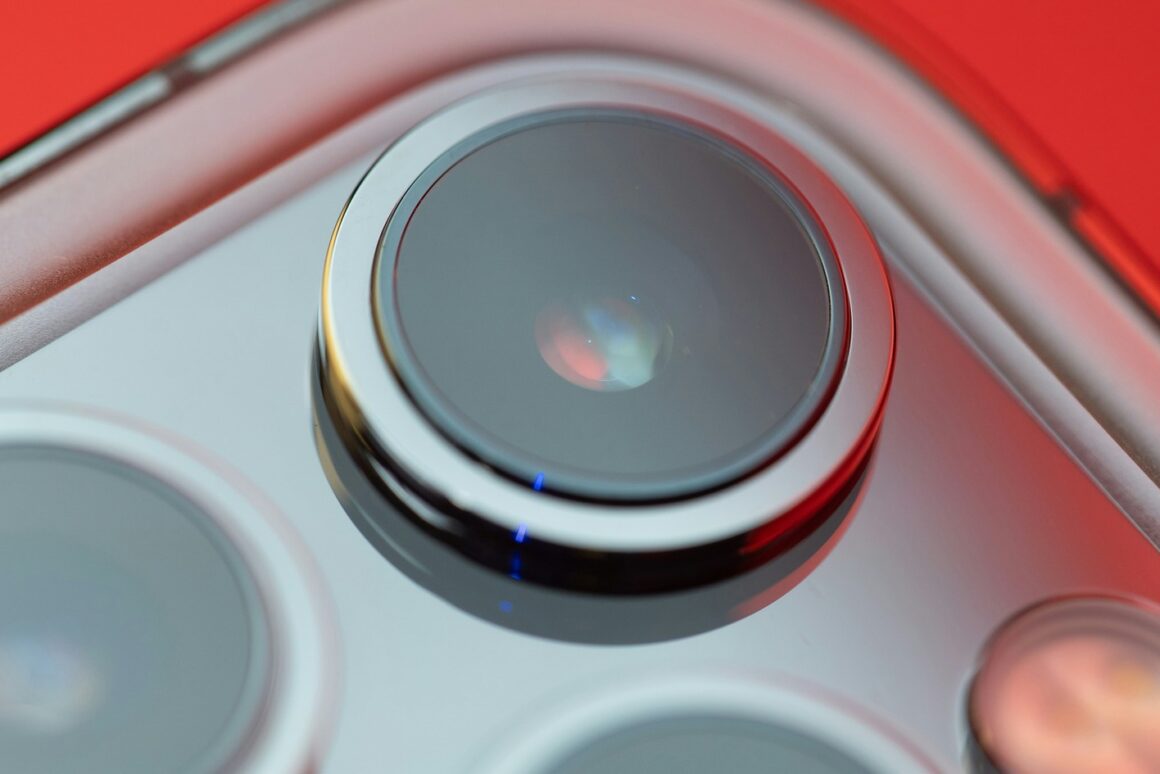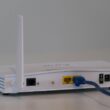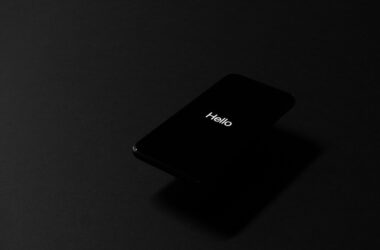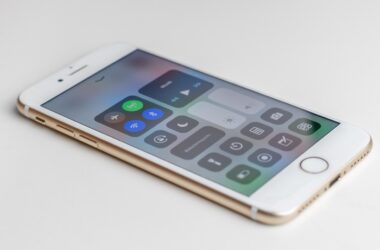Introduction
The iPhone camera is hailed for its superior quality and user-friendly features, making it one of the most popular tools for mobile photography. However, like any technology, it is not immune to issues. Many users experience problems ranging from a black screen or a frozen camera app to blurry photos that don’t do justice to the moment they intended to capture. These issues can be frustrating, especially when you miss capturing important moments.
Fortunately, camera problems are common and often have simple solutions that don’t require professional repair. Whether it’s a software glitch or a minor hardware obstacle, most problems have well-documented fixes that can be performed at home.
In this post, we aim to demystify the troubleshooting process for iPhone camera issues. We will guide you through clear, step-by-step methods to diagnose and resolve the most common camera problems. From quick fixes that take seconds to more involved steps that might require a bit more time, our goal is to empower you to get your iPhone camera back up and running as quickly as possible. Let’s dive into the common issues and start troubleshooting!
1. Common iPhone Camera Issues
1.1 iPhone Camera Not Working
The dreaded scenario of an iPhone camera not working can stem from a variety of issues—both software and hardware related. Software glitches are common culprits, particularly after an iOS update that may conflict with camera functionality. On the hardware side, drops or water damage can disrupt camera operation, necessitating more extensive repairs.
1.2 Black Screen
Encountering a black screen when launching the camera app is particularly common and can often be resolved with a few quick fixes. This issue typically arises due to software glitches where the camera app fails to launch correctly. A simple restart of the app or the phone usually solves the problem, but persistent issues might require more detailed attention in settings or an iOS update.
1.3 Blurriness in Photos
Blurred images can detract significantly from your photography experience. This issue might be caused by a dirty lens, easily remedied by gently cleaning the lens with a suitable microfiber cloth. If cleanliness isn’t the issue, tweaking the software settings related to focus and stability or ensuring the camera app is up to date might help.
2. Step-by-Step Troubleshooting Techniques
2.1 Basic Troubleshooting
- Restarting the iPhone: This can resolve minor glitches in the system that affect the camera. Hold down the side button and either volume button, then slide to power off.
- Updating iOS: Ensure your device is running the latest version of iOS. Go to Settings > General > Software Update and install any available updates, as these often include fixes for common bugs.
- Closing and Reopening the Camera App: Double-click the Home button (or swipe up and hold on newer models) to view open apps. Swipe the camera app off the screen to close it, then reopen it to reset its operations.
2.2 Advanced Troubleshooting
- Resetting Camera Settings: Navigate to Settings > General > Reset and tap on “Reset All Settings.” This will not erase your data but will reset system settings such as Wi-Fi passwords and wallpaper.
- Restoring iPhone to Factory Settings: If all else fails, consider restoring your iPhone to its factory settings. Back up your data first, then go to Settings > General > Reset and choose “Erase All Content and Settings.” This is a last resort as it deletes all your data and settings.
2.3 Hardware Checks
- Inspecting the Lens for Damage: Check the camera lens for any signs of scratches or cracks that could affect image quality. If the lens is damaged, a professional repair service may be needed.
- When to Seek Professional Repair Services: If troubleshooting doesn’t resolve the camera issues, or if you suspect hardware damage, professional repair might be necessary. Contact Apple Support or visit an authorized service provider.
3. Solutions for Specific Problems
3.1 Fixing Focus Problems on iPhone Camera
One common complaint among iPhone users is the camera’s focus issues, leading to unclear images. Luckily, you can often fix this manually. To adjust the focus and exposure, open your camera app and tap on the screen where you want to focus. A yellow box will appear, indicating the focus point. If you need to adjust the exposure, swipe up or down on the screen to make the image brighter or darker. This simple adjustment can drastically improve the quality of your photos.
3.2 Resolving iPhone Camera Freezing Issues
A frozen camera can be a sign of insufficient memory or too many apps running in the background. First, try closing unnecessary apps to free up the system’s resources. Double-click the Home button (or swipe up and hold on newer models) to view open apps and swipe them away to close. If the problem persists, try freeing up storage space by deleting unused apps or large files. Regularly restarting your iPhone can also help keep it running smoothly.
3.3 iPhone Camera Error After iOS Update
Occasionally, an iOS update might introduce compatibility issues with the camera app. If you encounter errors or the camera fails to open post-update, try the following steps:
- Restart your iPhone to see if this resolves the issue.
- Check for any further iOS updates that might contain fixes for known bugs.
- If the problem continues, you can attempt to revert to a previous iOS version using iTunes. However, this should be considered a last resort and might require backing up your device beforehand.
4. Preventative Measures and Maintenance Tips
To ensure your iPhone camera maintains its performance and quality over time, consider these maintenance tips:
- Regular Cleaning: Gently wipe the camera lens with a soft, microfiber cloth to remove dust and fingerprints that can blur your photos.
- Update Regularly: Keep your iOS and camera app updated to benefit from the latest features and bug fixes.
- Manage Storage: Regularly back up and delete unnecessary files from your iPhone to prevent memory issues that could impact camera functionality.
- Protect Your Device: Use a protective case that doesn’t block or dirty the camera lens. Avoid exposing your iPhone to extreme conditions, such as high temperatures or water, which can damage the hardware.
Adhering to these tips not only prolongs the life of your iPhone camera but also ensures it remains ready to capture high-quality photos whenever you need it.
Conclusion
Throughout this post, we’ve explored a variety of troubleshooting methods to help you resolve common iPhone camera issues—from simple fixes like restarting your device and updating iOS, to more detailed steps for manual focus adjustment and clearing up memory-related problems. We’ve also covered what to do when your camera stops working after an iOS update and provided preventative tips to keep your camera functioning at its best.
If you found these tips useful, don’t forget to follow our blog for more practical guides and the latest updates on handling iPhone issues. Help others who might be facing similar problems by sharing this post. Together, we can make the most out of our technology and keep those perfect shots coming!








